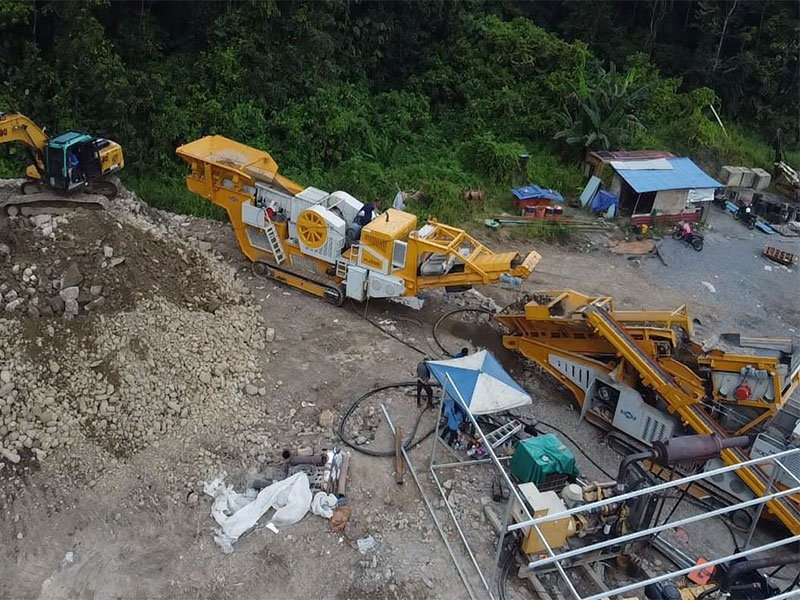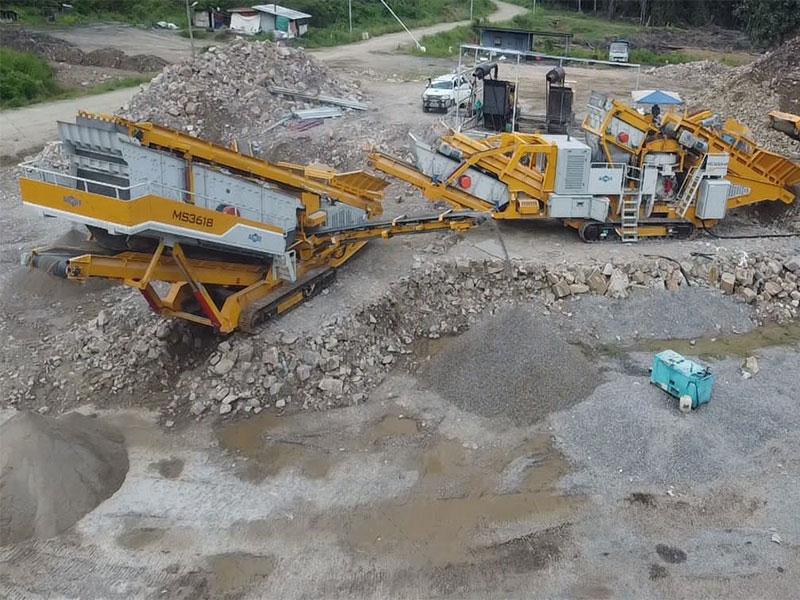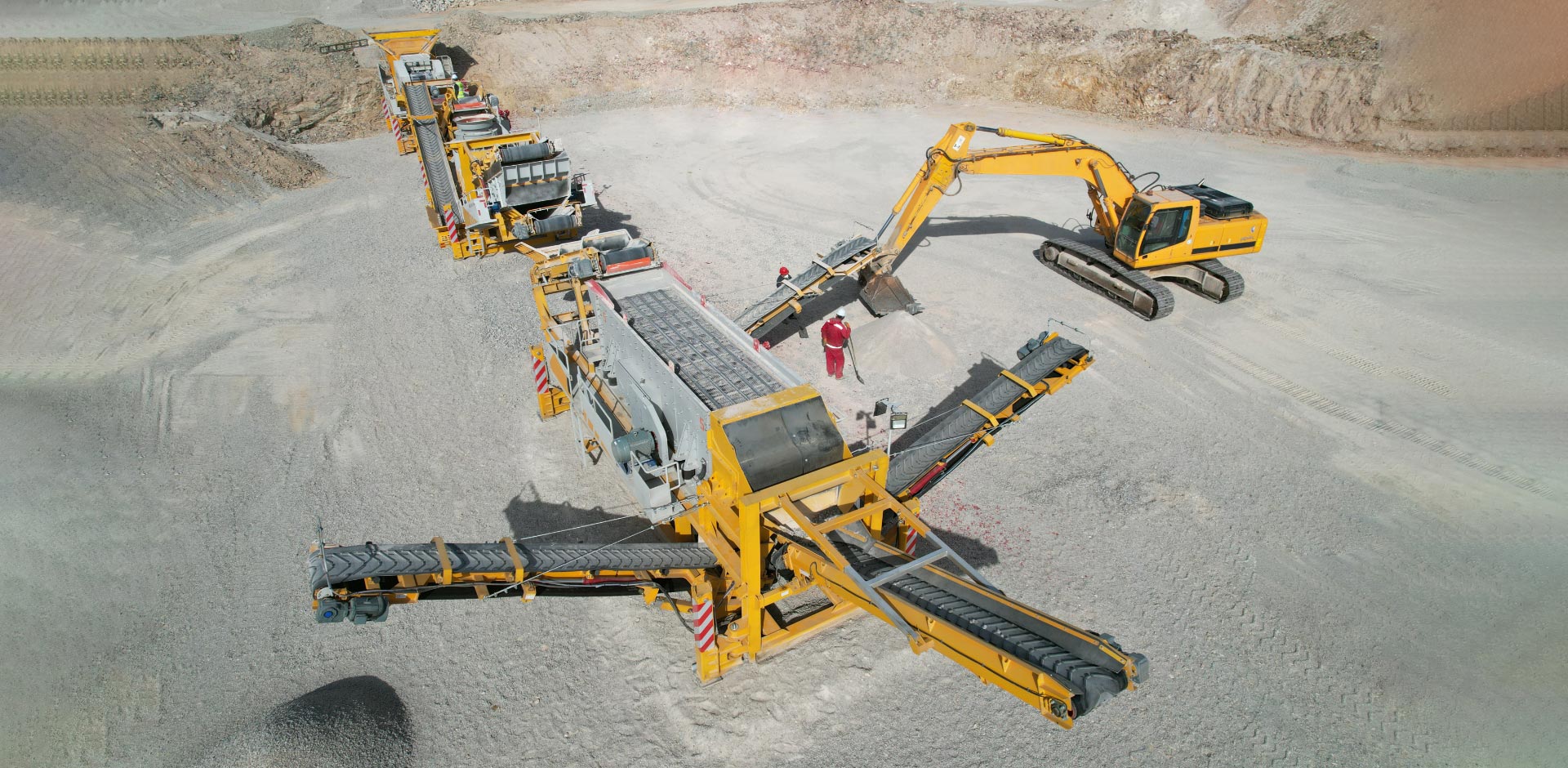Crusher plants are essential in various industries, including mining, construction, and aggregates, as they facilitate the processing of raw materials into valuable products. However, the operation of crusher plants can be accompanied by significant maintenance costs that impact the overall profitability of an operation. Reducing maintenance costs is crucial for optimizing the efficiency and productivity of a crusher plant.
I. Preventive Maintenance
Implementing a preventive maintenance program is a fundamental strategy for reducing maintenance costs:
Scheduled Inspections: Establish a regular schedule for crusher plants inspections, covering all critical components. Routine inspections help identify wear and damage early, allowing for timely repairs.

Lubrication: Proper and timely lubrication of moving parts, such as bearings and conveyor belts, reduces friction and wear. Use high-quality lubricants and follow manufacturer recommendations for lubrication intervals.
Wear Component Replacement: Proactively replace worn components, such as crusher liners and conveyor belts, based on a predetermined schedule or when wear reaches a certain threshold. This prevents costly breakdowns and downtime.
II. Condition Monitoring
Implementing condition monitoring systems can help detect issues before they escalate into major problems:
Vibration Analysis: Use vibration analysis to monitor the condition of stone crusher plants components. Anomalous vibrations can signal misalignments, imbalance, or component wear, enabling early intervention.
Oil Analysis: Regularly analyze oil samples from crushers and hydraulic systems. Oil analysis can reveal contamination, component wear, and other issues, allowing for corrective action.
Thermography: Implement infrared thermography to identify overheating components. Elevated temperatures may indicate problems with bearings, motors, or electrical systems.
III. Component Optimization
Optimizing and maintaining critical components can extend their lifespan and reduce maintenance costs:
Crusher Liners: Monitor the wear of crusher liners and replace them when necessary. Properly selected liners can significantly impact the crusher’s performance and reduce wear on other components.
Bearings: Keep bearings properly lubricated and replace them as soon as they show signs of wear or damage. Well-maintained bearings are essential for smooth operation.

Conveyor Belts: Regularly inspect conveyor belts for wear, tears, and misalignment. Proper tensioning and alignment reduce wear and extend belt life.
IV. Operator Training
Well-trained operators play a crucial role in reducing maintenance costs:
Training Programs: Provide comprehensive training programs for equipment operators on proper operation and maintenance procedures. Educated operators are more likely to operate machinery efficiently and identify potential issues early.
Reporting Mechanisms: Encourage operators to report any abnormal sounds, vibrations, or performance issues promptly. A clear reporting mechanism can help address issues before they become major problems.
V. Environmental Considerations
Environmental factors can impact maintenance costs:
Dust Control: Implement effective dust control measures to prevent airborne dust particles. Dust can accelerate wear and clog filters and cooling systems, leading to increased maintenance.
Weather Protection: Protect equipment from harsh weather conditions, which can cause corrosion and accelerated wear. Use covers and shelters as needed to shield critical components.
VI. Spare Parts Management
Efficient spare parts management helps reduce downtime and mobile crushing plant maintenance costs:
Inventory Management: Maintain an organized inventory of spare parts, including critical components. Ensure that spare parts are readily available when needed to minimize downtime.
Supplier Relationships: Establish strong relationships with suppliers to ensure timely delivery of spare parts. Negotiate favorable terms and pricing to reduce procurement costs.
VII. Lean Maintenance Practices
Implement lean maintenance practices to optimize maintenance processes:
Root Cause Analysis: When issues occur, conduct thorough root cause analyses to identify the underlying causes and prevent recurrence.
Predictive Maintenance: Utilize predictive maintenance techniques, such as predictive analytics and IoT sensors, to anticipate and prevent failures.
Efficient Workflows: Streamline maintenance workflows to reduce unnecessary steps and downtime during repairs and inspections.
Conclusion
Reducing maintenance costs for crusher plants is essential for maintaining profitability and productivity in various industries. By implementing preventive maintenance programs, condition monitoring systems, component optimization strategies, and operator training, organizations can proactively address maintenance needs and reduce the frequency of costly breakdowns. Additionally, environmental considerations, spare parts management, and lean maintenance practices contribute to overall cost reduction and operational efficiency. Prioritizing maintenance cost reduction is an investment in the long-term reliability and profitability of crusher plants. With these strategies in place, crusher plants can operate efficiently, minimize downtime, and achieve sustainable cost savings. View more machine details at this webpage: AimixPhilippines.PH.
